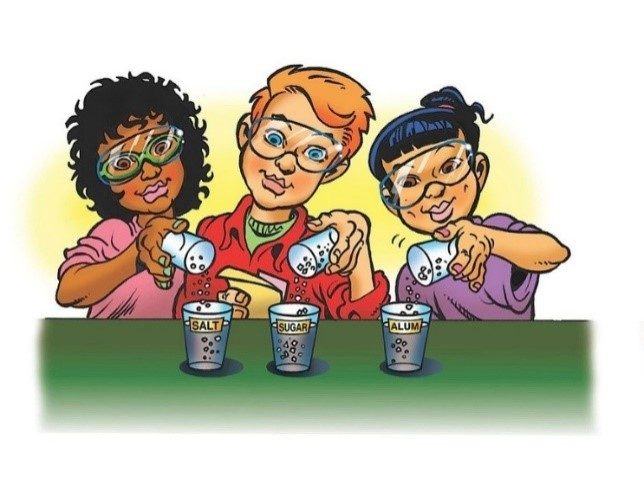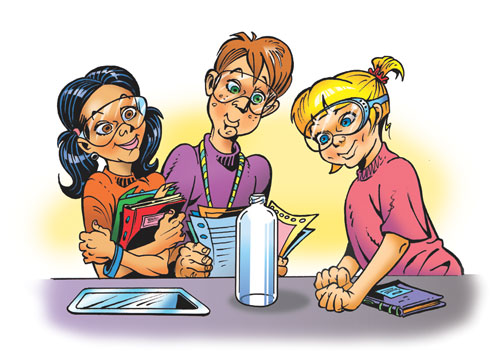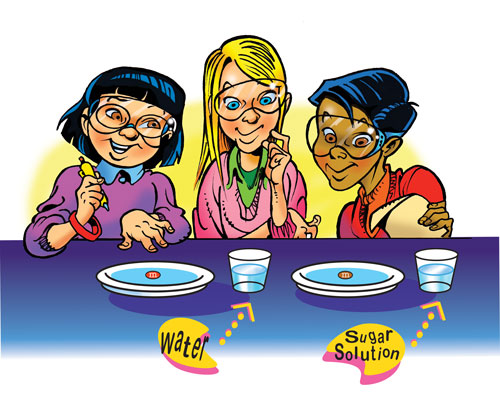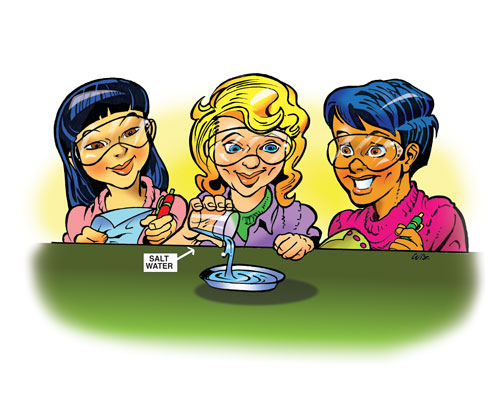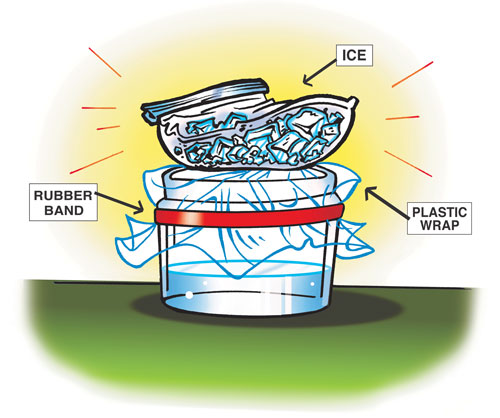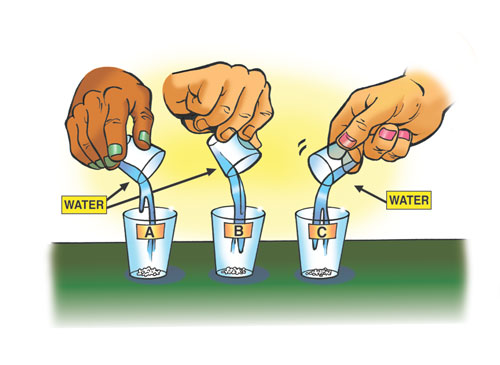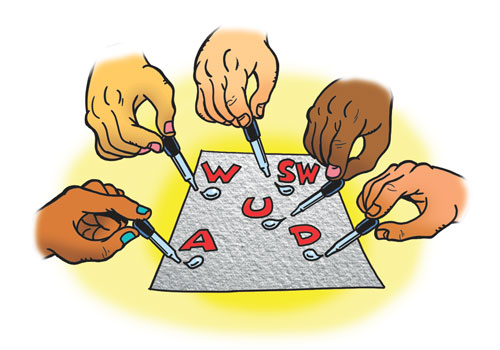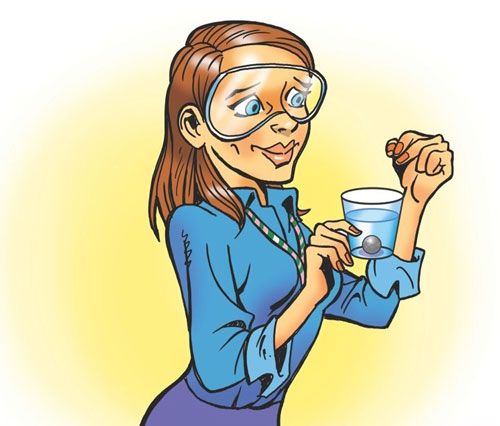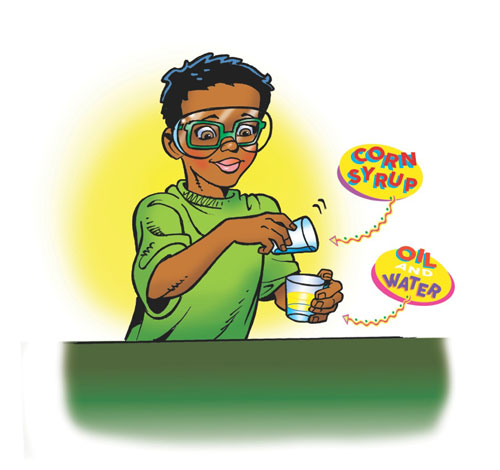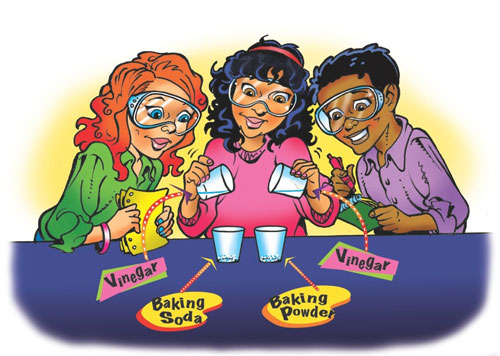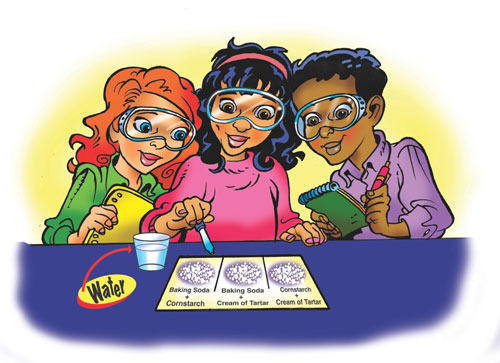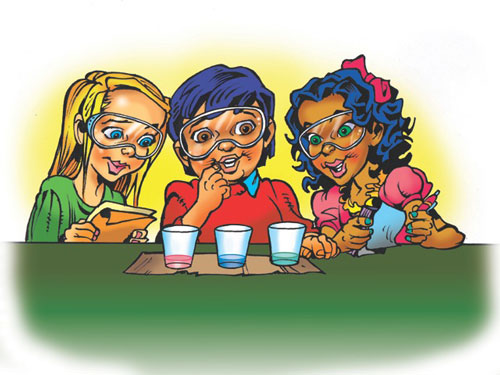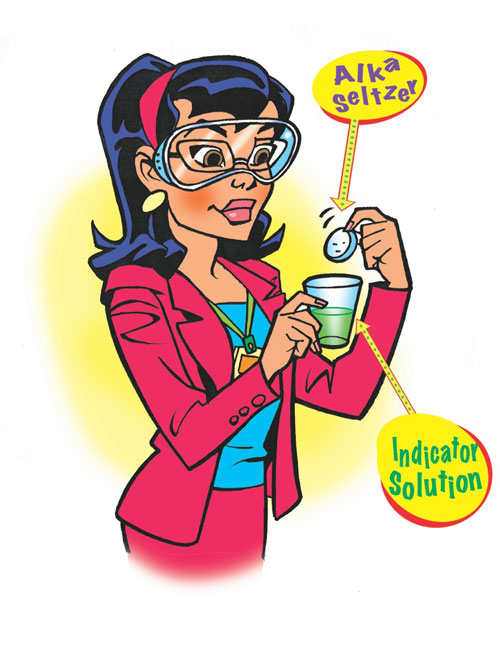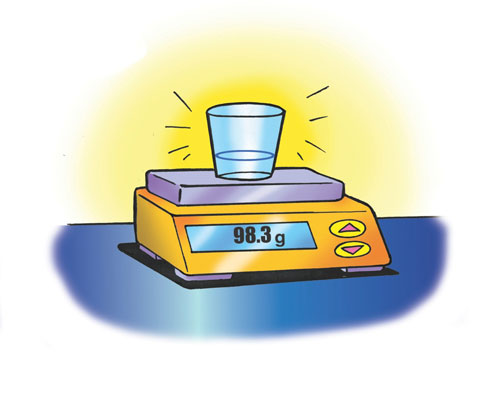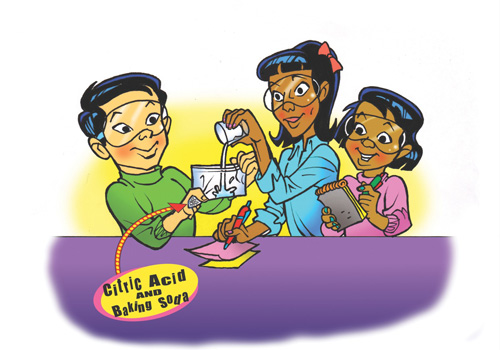Open each chapter to view lesson plans, student activity sheets, and other resources. Use the linked multimedia to help explain science concepts to students.
-
Chapter 1 – Matter is Made of Tiny Particles
Through investigating solids, liquids, and gases and the phenomena of dissolving, evaporation, and condensation, students develop models to investigate matter at the particle level.
-
Chapter 2 – Substances Have Characteristic Properties
Students investigate the solubility, density, and other properties of solids and liquids to identify substances based on their unique characteristics.
-
Chapter 3 – Substances Can Mix and React to Form New Substances
Students use baking soda, calcium chloride and other common substances to discover that when certain substances combine, a chemical reaction takes place, and new substances are formed.
-
Chapter 4 – Mass is Conserved in Physical and Chemical Change
Through exploring melting, dissolving, and chemical change, students discover that mass is conserved during all these processes.
-
Chapter 5 – Engineering Design
Students learn about and use the engineering design process to develop a device that uses a chemical reaction to make a cell phone float.
